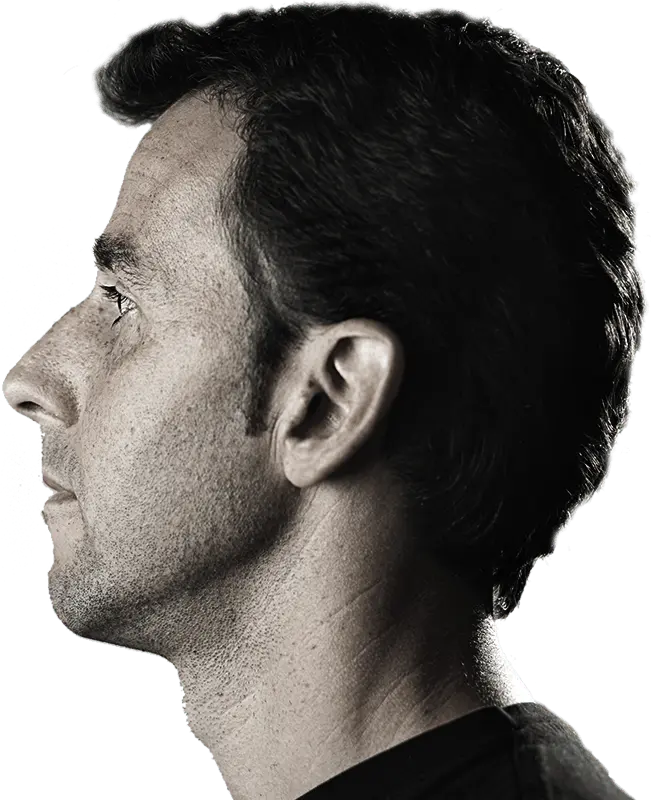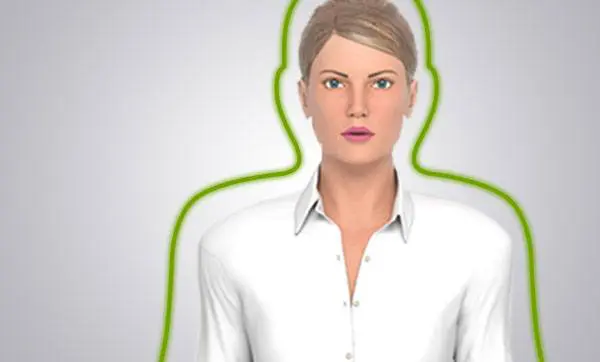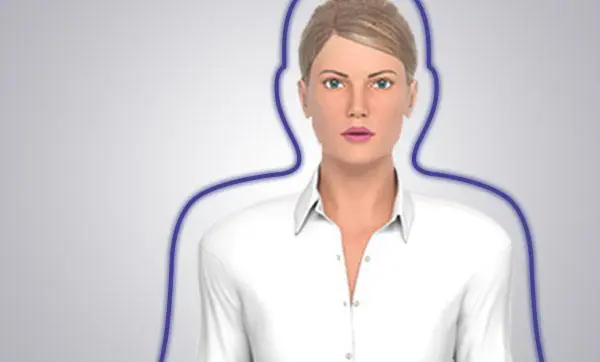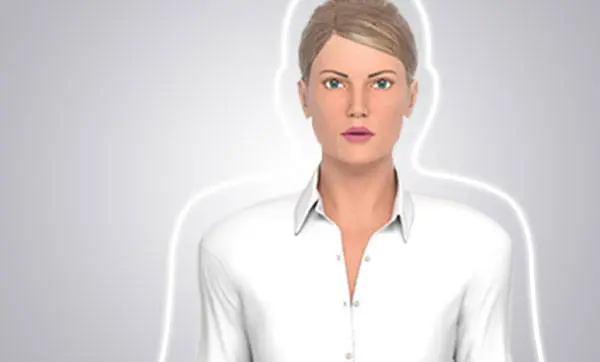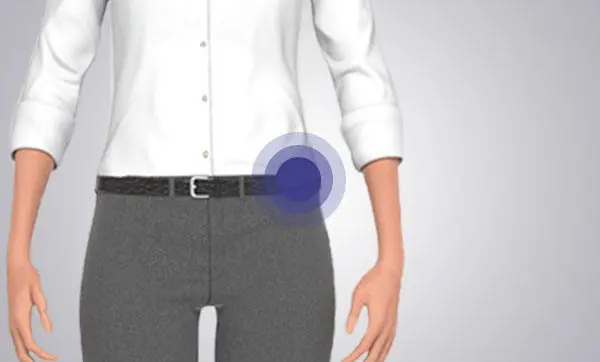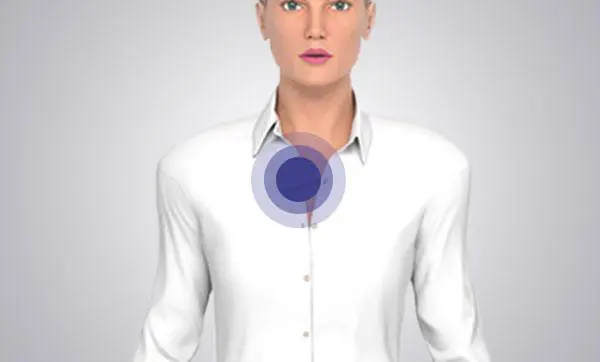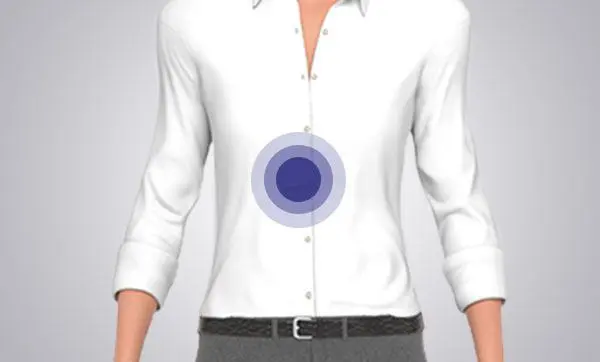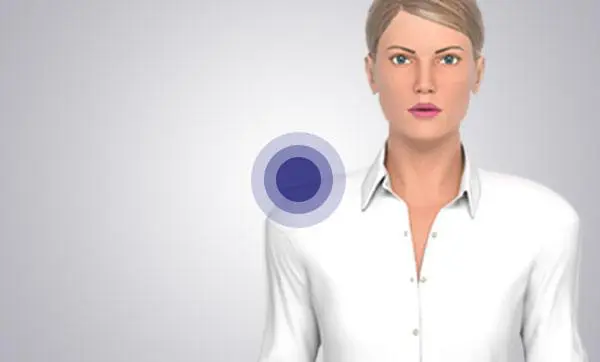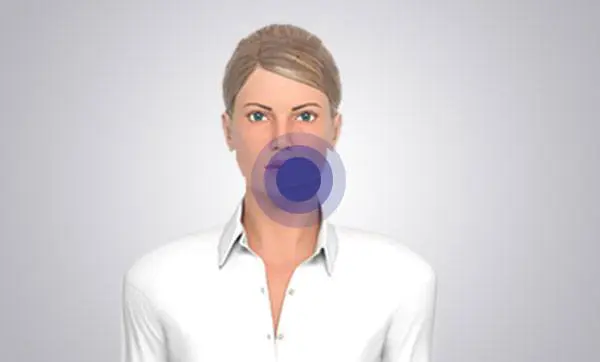What are the early symptoms
of muscle disease?
Muscle diseases can occur in all age groups, have a number of causes and can affect the muscles of the body in a variety of ways. This can make spotting and accurately diagnosing a muscle disease a difficult task. Although they can be present from birth, sometimes a muscle disease can go unnoticed for many years into childhood or adulthood and present with very subtle symptoms. Whether it is spotted at birth, or develops later into childhood or adulthood, a muscle disease can lead to physical disability. Understanding the different symptoms that distinguish these disorders can help in spotting them early and getting an accurate diagnosis.
What causes muscle diseases?
Muscle diseases can have a variety of causes and have been categorised in a number of ways. The many causes that exist for muscle diseases can make them difficult to diagnose. A substantial list of muscle diseases with more detailed information can be accessed at the muscular dystrophy association website.
What are proximal and distal
muscle diseases?
Proximal muscles are muscles that are closest to the core of your body, including the upper legs, hips, upper arms, shoulders and the core itself. They differ from distal muscles, which are located furthest away from the core, hips and shoulders. Diseases that affect the proximal muscles, causing progressive muscle weakness, consist of a number of diseases that can often be misdiagnosed due to the similarities between them. The overlap in symptoms means that, unfortunately, misdiagnosis can occur. For this reason, pursuing a differential diagnosis is very important.
Although these diseases can be categorised according to the affect they impose on proximal muscles, they can also impact muscles outside of these muscle groups and occasionally lead to symptoms which are seemingly unrelated. For example, Duchenne muscular dystrophy primarily affects muscles of the hips and thighs. However, the distal calf muscles are often impacted too and enlarge due to muscle tissue abnormalities.
Examples of proximal muscle diseases
Some examples of diseases that affect the proximal muscles and their different causes can be seen below. For a more comprehensive list of diseases that affect the muscles, visit the muscular dystrophy association.
Pompe
Pompe disease, also called glycogen storage disease type II, is caused by a problem with a gene that results in the lack of an enzyme called acid alpha-glucosidase (also called acid maltase). Alpha-glucosidase is required to break down the stored sugar glycogen. To inherit Pompe disease, a faulty gene has to be passed down from each parent, this is called a recessive transmission.
Pompe disease symptoms can be present at birth, or develop at any time during infancy, childhood or adulthood. The infantile form of the disease is characterised by a severely enlarged heart and floppy appearance due to severe muscle weakness. It is usually noticed within the first few months of life and is fatal by the age of one if untreated.
People with the childhood or adult form will often first experience weakness in their legs and hips, resulting in a ‘waddling’ gait, and develop breathing difficulties. However, the severity of these symptoms and the rate at which they progress can be highly varied. People with Pompe disease may present with shortness of breath during exercise, or morning headaches caused by an inability to breathe sufficiently during the night. Pompe disease can also affect muscles of the core, arms and shoulders. This can result in trouble standing up from a sitting position, difficulty getting up from a chair, climbing stairs and reaching up with outstretched arms.
Duchenne muscular dystrophy
Duchenne muscular dystrophy is a genetic disorder caused by lack of a protein called dystrophin, which keeps muscle cells intact. This results in progressive muscle degeneration and weakness.
The faulty dystrophin gene exists on one of the chromosomes that decides a person’s sex. Due to the way these are inherited the disease primarily affects boys. Further information describing how Duchenne muscular dystrophy is inherited can be found here.
Onset usually occurs between the age of three and five and first affects muscles of the hips, pelvis, thighs and shoulders, before affecting muscles in the arms, legs and trunk.
These muscle weaknesses can result in changes to how someone walks, such as walking on toes with a slight waddle, and clumsiness, as well as generalised weakening. Parents may also notice enlarged calves, due to abnormal muscle tissue. Later symptoms can include weakening of the heart muscles and the diaphragm, causing poor respiratory function.
Visit the muscular dystrophy association for more detailed information.
Becker muscular dystrophy
Becker muscular dystrophy is very similar to Duchenne, and is caused by a problem with the same gene that results in a poorly functioning dystrophin protein. However, the disease is less severe and develops in a slower and less predictable manner to Duchenne.
Becker disease usually presents in late childhood or adolescence with generalised weakness in the same muscle groups as Duchenne, including the hips, pelvis, thighs and shoulders. However, Becker muscular dystrophy prognosis can be highly varied and the severity and rate of disease progression can differ a great deal from one person to another. Similarly to Duchenne, people with the disease can develop enlarged calves, an instability of gait and have heart and breathing problems.
Visit the muscular dystrophy association for more detailed information.
Myasthenia gravis
Myasthenia gravis is caused when the immune system that usually protects the body from infection goes wrong and attacks the junctions between your muscles and nerves.
Myasthenia gravis usually affects the muscles of the eye first, causing partial paralysis of eye movement, double vision and droopy eyelids. Myasthenia gravis symptoms can then spread to the neck and jaw, before spreading to the upper and lower limbs and even out to the hands.
Visit the muscular dystrophy association for more detailed information.
Polymyositis
Polymyositis is an autoimmune disease whereby the body’s immune system attacks its own muscle tissue, resulting in progressive muscle weakness. In the majority of cases, the cause of inflammatory muscle diseases like polymyositis is unclear. However, exposure to specific viruses and drugs as well as genetic factors may contribute to development of this condition.
The most affected muscle groups in polymyositis are those of the shoulders, upper arms , hips, thighs and neck, which display the most weakness as the disease progresses. People may also experience pain and tenderness in the affected areas. The most serious of the polymyositis symptoms include problems with swallowing and inflammation of muscle tissue in the lungs and heart, which can lead to respiratory and cardiac problems. The female population is more commonly affected by polymyositis than the male population and symptoms usually develop after the age of 20.
Visit the muscular dystrophy association for more detailed information.
Limb girdle muscular dystrophy
Limb-girdle muscular dystrophy is a collection of genetic conditions which reduce the production of proteins vital for muscles to function. LGMD is a broad group of disorders which are subcategorised based on additional symptoms, the genes which are implicated, how they are inherited and the specific type of mutation which has resulted in disease.
Limb-girdle muscular dystrophies lead to weak shoulders and thigh muscles. Muscles gradually weaken and waste away as the disease progresses. People may find themselves struggling to rise from a seat, climb stairs and reach up with outstretched arms. Limb-girdle muscle weakness may also cause a “waddling” gait.
Despite being a disorder predominantly of voluntary muscles, heart and respiratory function can also be affected and should be regularly monitored for early detection of complications.
For more detailed information about LGMD, visit https://www.mda.org/disease/limb-girdle-muscular-dystrophy.
Facioscapulohumeral muscular dystrophy
Facioscapulohumeral muscular dystrophy is a genetic condition which can be inherited from either parent or occur as a result of a random genetic mutation. It primarily causes muscle weakness which is initially limited to the face, shoulders and upper arms, but can reveal symptoms such as hearing loss and more widespread abdominal muscle weakness and weakness in the hips further down the line.
This type of muscular dystrophy usually starts before the age of 20. In most people, the disease progresses very slowly and for some, symptoms can be so mild that they go completely unnoticed.
Visit the muscular dystrophy association for more detailed information.
